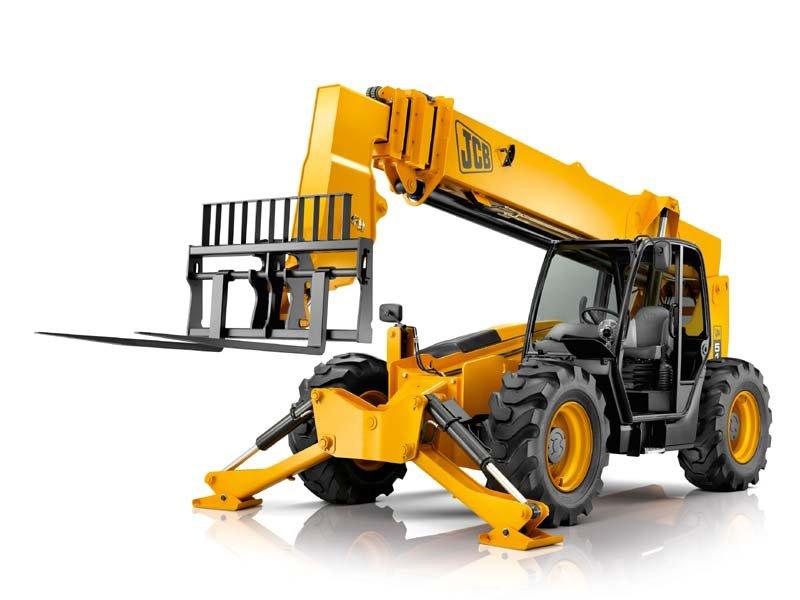Scissor Lift Rental: Safe and Effective Lifting Solutions
Scissor Lift Rental: Safe and Effective Lifting Solutions
Blog Article
Maximize Your Budget Plan by Comprehending the Costs Connected With Construction Equipment Rentals
Recognizing the full extent of costs connected with construction devices rentals is vital for maximizing your budget plan. What strategies can be utilized to properly handle these prices and guarantee an extra efficient rental experience?
Review of Rental Expenses
When considering construction tools leasings, understanding the connected costs is extremely important for reliable budgeting and project preparation. Rental expenses can differ substantially based upon a number of factors, including tools kind, period of rental, and place. The initial rental cost usually shows the devices's market demand and its associated operational capabilities, affecting the total expense.
Along with the base rental price, supplementary expenses might occur, such as transport costs, fuel additional charges, and upkeep charges. It is vital to account for these extra expenditures to accurately evaluate the complete price of renting devices. In addition, the rental period can impact prices; longer services might qualify for reduced prices, while temporary rentals might incur greater day-to-day costs.

Malfunction of Rental Rates
A comprehensive understanding of rental prices is vital for professionals and task supervisors aiming to maximize their budgets. Rental prices for building tools normally consist of numerous elements, consisting of base rates, time-based costs, and usage charges.
Base rates are the core fees related to the leasing of the equipment, commonly identified by the kind and size of the machinery. These prices can vary dramatically, influenced by aspects such as equipment demand, schedule, and regional market patterns. Time-based costs, which may be daily, weekly, or monthly, offer to suit different task timelines and rental durations.
Furthermore, rental prices may include use fees, which apply when tools is utilized beyond a defined limit, guaranteeing that the rental business can make up wear and tear. Seasonal demand variations can also impact rental prices, with peak building and construction seasons normally commanding greater rates.
Furthermore, recognizing the rental firm's policies relating to upkeep and insurance can offer additional insight into the general expense framework. By assessing these parts, contractors can make informed decisions, making sure the option of rental tools straightens with both task needs and spending plan restraints.
Additional Costs to Think About
Understanding the intricacies of added charges is essential for contractors to handle their general rental expenditures efficiently. Beyond the typical rental rates, various supplementary costs can substantially impact the complete expense of equipment leasing. These costs commonly include distribution and pickup fees, which can vary based upon range and logistics included in transferring the tools to and from the job website.
Moreover, some rental business may enforce gas surcharges if the tools is returned with less gas than when rented out. It is likewise crucial to be conscious of possible cleaning charges, specifically for specialized tools that requires detailed maintenance after use.

Thoroughly reviewing the rental agreement and clearing up these additional fees upfront can help professionals guarantee and avoid unexpected costs that budgets remain undamaged throughout the task lifecycle.
Upkeep and Fixing Expenditures
Normal repair and maintenance costs are commonly forgotten aspects that can substantially affect the general expense of building and construction devices leasings. When renting tools, it is learn the facts here now critical to think about not only the rental fees yet additionally the possible costs associated with maintaining the machinery in optimum operating condition.
Numerous rental companies consist of basic upkeep as component of the rental agreement; nonetheless, a lot more comprehensive fixings or unanticipated malfunctions can bring about additional expenditures. It's vital to review the rental contract meticulously to understand what upkeep services are covered and what duties fall on the tenant.
In addition, tools that is not well-maintained can lead to inefficiencies on duty site, possibly enhancing and creating hold-ups project expenses. To alleviate these threats, it is recommended to carry out normal inspections and preserve open interaction with the rental provider concerning any type of concerns that emerge during use.
Insurance Coverage and Obligation Expenses
Insurance policy and responsibility prices are crucial components that can substantially affect the total expenditure of building and construction devices leasings (scissor lift rental). These expenses make sure that both the rental business and the client are safeguarded from potential financial losses arising from accidents, damages, or burglary during the rental period

Furthermore, clients must understand any kind of deductibles or exclusions in the insurance plan, as these can impact potential out-of-pocket costs. Recognizing the terms and conditions of any kind of insurance protection is essential to prevent unanticipated costs. Eventually, budgeting for insurance and obligation expenditures can help guarantee a smoother rental experience and shield against monetary dangers linked with building tasks.
Verdict
In conclusion, a comprehensive understanding of the prices associated with building and construction devices services is crucial for reliable budget plan administration. Ultimately, educated decision-making relating to equipment rentals adds to the general success of construction undertakings.
Rental expenses can differ dramatically based on a number of factors, consisting of equipment kind, duration of service, and place (mini excavator rental). The rental period can influence pricing; longer services may certify for reduced prices, while short-term leasings might incur higher day-to-day fees
By performing complete research and engaging with reliable rental business, contractors can successfully browse the complexities of rental prices, inevitably maximizing their monetary sources.
Beyond the common rental rates, different auxiliary charges can substantially impact the overall expense of tools rental. Rental companies commonly provide obligation insurance that covers injuries to third celebrations or damage to residential or commercial property, while devices damages insurance policy can cover the cost of repair work or replacement if the leased tools is harmed.
Report this page